The Chytrid Fungus: An Amphibian Apocalypse
If that title sounds overly dramatic to you then you may not be familiar with the amphibian chytrid fungus. In that case, I'd highly encourage you to read this post, regardless of your scientific knowledge or background, and help spread the word on one of the most virulent diseases in the animal kingdom. The chytrid fungus is a topic that requires far more awareness than currently exists worldwide. Please feel free to share the information provided here!
The chytrid fungus, Batrachochytrium dendrobatidis or Bd for short, is a nonhyphal zoosporic fungus found in a huge variety of amphibian species. The fungus spreads via zoospores which are exceedingly motile; like sperm, these spores have a whip-like flagellum that they utilize for locomotion, essentially allowing them to "swim" to propagate themselves. Because of their locomotive abilities, the spores travel extremely well in aquatic environments, making Bd extremely difficult to eradicate once it enters a source of water. When introduced to an amphibian by passing through their skin, Bd causes Chytridiomycosis, an incredibly infectious disease that has profound effects on nearly all the amphibian species it arises in.
Chytridiomycosis is an epizootic disease, meaning that it is comparable to an epidemic in humans. The presence of the disease is a fairly recent discovery; in 1993, it was discovered in Queensland, Australia, in massive numbers of dead and dying frogs. By then, the disease was already widespread across the entire continent; recent studies have shown that the disease was present and spreading as early as 1978. The disease simply "appeared" right around the same time all the frogs began dying, leading researchers to begin looking for a possible way to curb the destructive progress. Today, the fungus and its Chytridiomycosis is found in Africa, both of the Americas, Europe, New Zealand, Oceana, and Asia. The chytrid fungus itself has been detected in 56 of 82 countries, and in 516 of 1240 species (roughly 42%) in a recent scientific study using a data set of more than 36,000 individuals. The outlook for the spread of Bd is not a good one; regions with the highest suitability for the fungus are also the regions that contain the greatest concentrations and diversity of frogs. In 2013 the prognosis got even worse; another species of the chytrid fungus began spreading chytridiomycosis through salamander populations as well.
Scientists were initially baffled by the rapid spread of the fungus. Though it is waterborne, with spores capable of swimming short distances to find a new host, researchers were surprised that the amphibians were being infected so easily and quickly (it would still have required remarkably close contact). However, they may have found an answer in the Japanese Tree Frog. Though this species does appear to be somewhat tolerant of the fungus, they are not unaffected; it was observed that during mating season, the infected males emitted a call that was different than the healthy males. They produced faster and longer calls, traits that are desired more by females, detailing what would be a remarkable adaptation for the fungus to infect other individuals. Scientists suspect other species may have similar behavioral adaptations to lure in potential hosts, making it both harder to understand and control. Source
Once an amphibian has been infected with Chytridiomycosis, the disease will predominantly affect the outermost layer of skin containing keratin (the same material that makes up your hair and fingernails). This may not seem like a huge problem, but since amphibians respire and intake water through their skin, this can have profound effects. When most species reach a threshold of around 10,000 zoospores, they will likely die, unable to breath, hydrate, osmoregulate or thermoregulate correctly. This horrific disease is considered one of the biggest factors of global amphibian decline; hundreds of species have already been exposed and some scientist believe it will be responsible for the extinction of 33% of the world's amphibians.
Stop for a moment and think about the gravity of that last sentence. One third of all amphibians on Earth, an entire class of organisms, could be completely wiped out by this single disease. Imagine any other group (birds, mammals, fish, etc), and imagine the implications if tomorrow a third of them were gone. And this is far from the only threat face by amphibians; extremely vulnerable animals, amphibians face immense pressure from habitat loss, climate change, pollution, human exploitation and other disease, such as the Ranavirus (another horrific disease burning through the amphibian population). This really is an apocalyptic event for amphibian species.
There are existing methods of controlling and treating the Chytridiomycosis, but unfortunately none have proven even remotely effective on a large scale. With repeated treatment, some anti-fungal drugs have been able to eliminate Bd in individual amphibians, however it would obviously be impossible to provided repeated treatments to all infected individuals (and the risks of using drugs on many species is incredibly high). Heat therapy has also shown a tendency to neutralize the fungus in individuals, however there is again no way to implement this strategy over a large range, and many amphibian species are not tolerant of significant temperature changes. Some species do show a greater resistance to the disease, and today researchers are working to discover how these species are able to overcome the fungus, and how this trait may be applied to other, more vulnerable species. Most recently, herpetologist have begun working alongside zoologists studying bat populations; chytrid fungus bears many startling similarities to the fungus that causes white-nose syndrome in bat populations.
Today, there is not much to stop the raging wildfire of Bd. We can hope that we might discover a viable treatment, however for now our best option is to limit transmission as much as possible. It is crucial to spread awareness to the entire world (please share this information!) to help curb the spread. If Bd is allowed to continue spreading at its current rate, amphibians will be the next great loss of the Holocene extinction.
Sources (all of these are great, please check them out for more information!):
https://en.wikipedia.org/wiki/Chytridiomycosis
http://www.livescience.com/9300-deadly-frog-bat-plagues-eerie-similarities.html
http://www.sciencemag.org/news/2016/03/fungus-turns-frogs-sexy-zombies
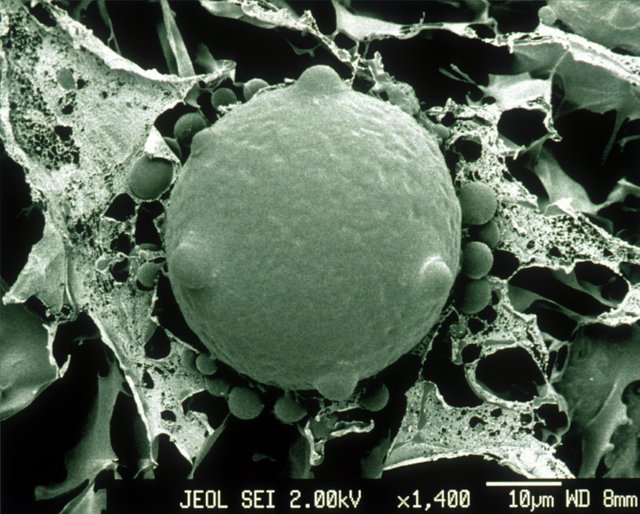
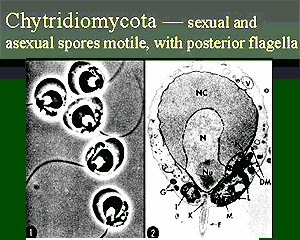

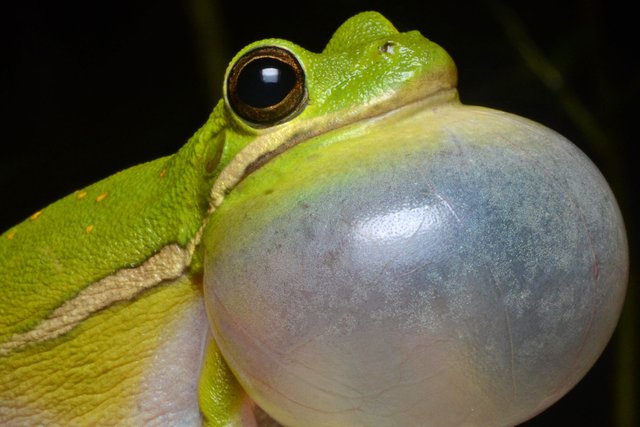
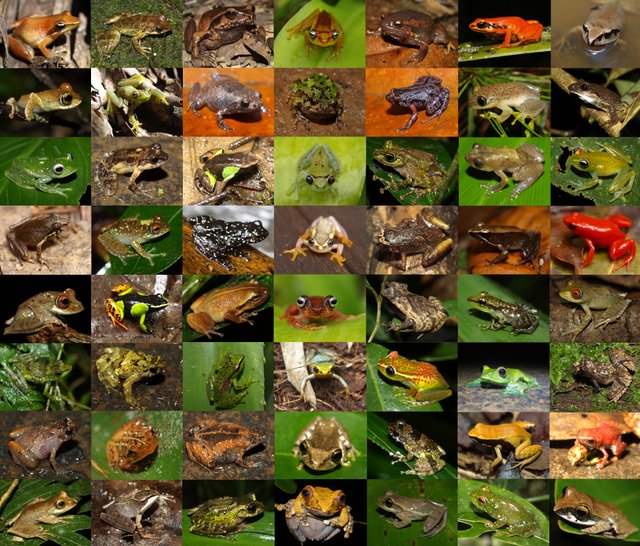
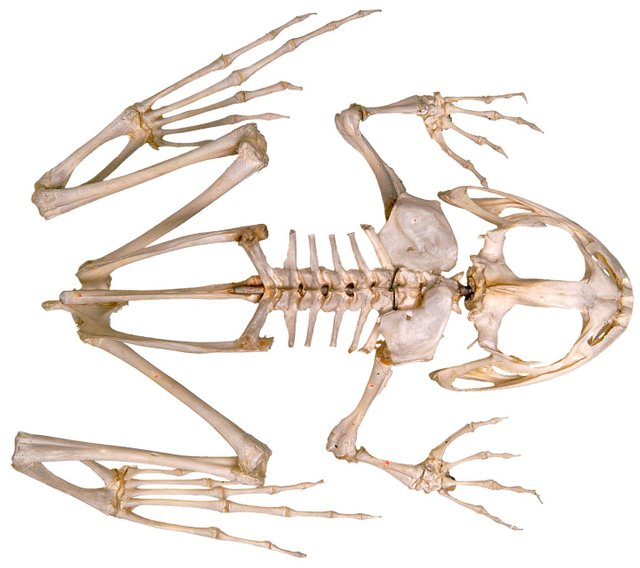
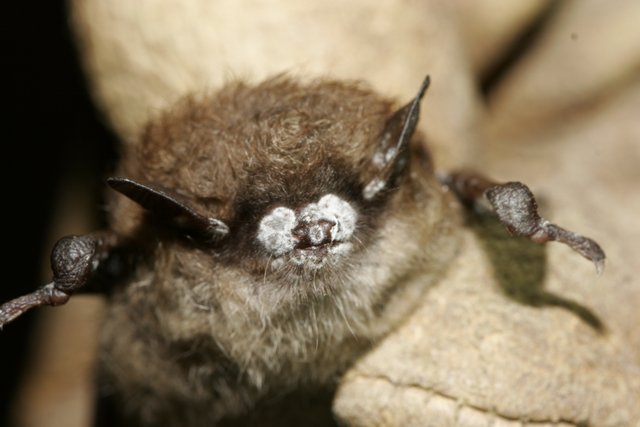

Is Lithobates catesbeianus susceptible ? This invasive species is eating all our local amphibians species in France.
Actually, while the fungus can kill bullfrogs, they are one of the species that has a resistance to it. But yes, they are incredibly invasive in many regions of the world, and they will eat anything they can fit their mouth around (and at that size, it's a lot!).
When I was a child there was a cabin we'd visit often, and many year it had a population of toads as if it had been raining them (no exaggeration). It was hard to not step on them.
Not many years later, as young teenagers, a single toad was hard to spot. I recall a lot of frog catching days too, that are just not possible anymore. It doesnt take much to effect their populations severely, does it? Is chytrid fungus spread worldwide?
It is confirmed on every continent except Antarctica (of course there are no amphibians there). And their numbers can definitely change drastically from year to year depending on a huge variety of threats and conditions.
Very cool, maybe you will be interested in my work